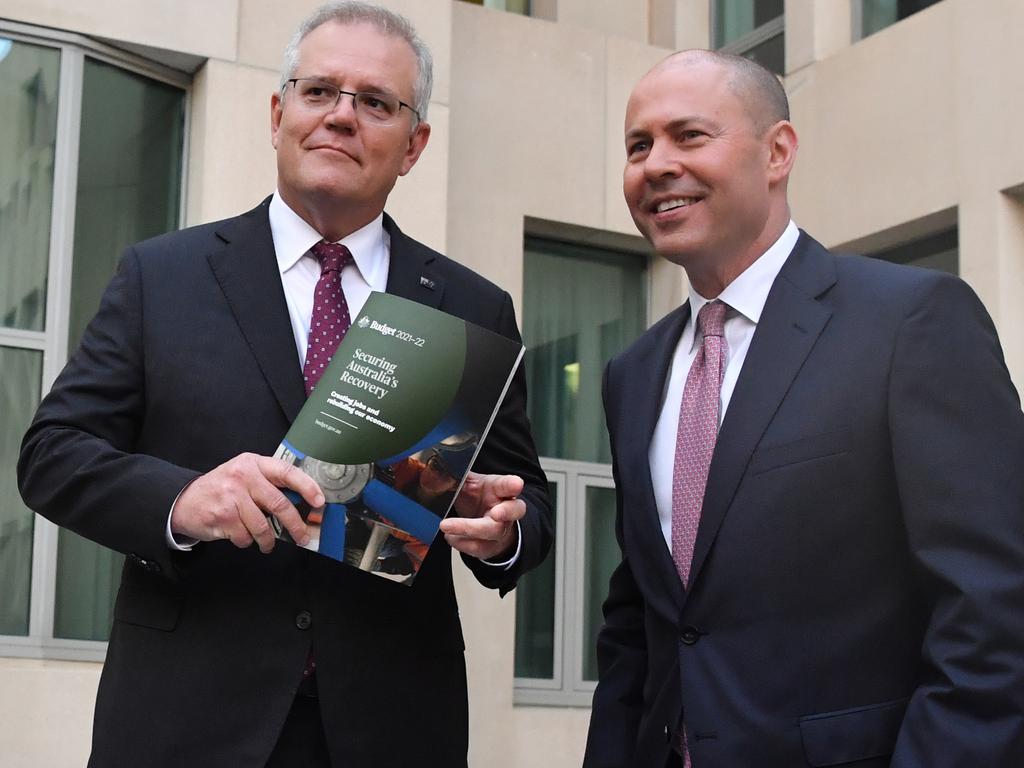Budget 2021: Aged care funding and what it means for you
The budget cleared up many questions about how aged care will be delivered in coming years, but left many hanging. We take a look at some of those questions.

So you’ve started to think about aged care. It might be for you, one of the fast-growing cohort of older Australians. It might be for a loved one, who could do with some help to stay living in the family home or has reached the stage where residential care might be a safer option.
Or it simply might be that as a taxpayer, you wonder how much of the almost $18bn in extra funding committed to the aged-care sector in Tuesday’s federal budget will be spent on care for the elderly and how much might end up lining the pockets of the more unscrupulous aged-care providers.
The Morrison government used the budget to respond to the final report of the aged-care royal commission, which mapped out a five-year path to reform for many aspects of the sector. The response cleared up many questions about how aged care will be delivered in coming years, but left many hanging. We take a look at some of those questions.
I need support to stay in my own home, but there’s a big waiting list for home-care packages. Does this budget help me?
A qualified yes. The budget is spending up big on care in the home, committing $6.5bn to fund 80,000 additional home-care packages over the next two years. It is the largest ever investment in home care.
These packages provide home and personal support, from shopping and cleaning to showering and toileting, so people don’t have to move into a nursing home.
But there is a waiting list, which the government puts at 80,000 by July this year, a drop from a recent peak of 100,000.
The government says the funding will clear that waiting list, and from 2023 there will be 275,600 home-care packages available. But this has been challenged by consumer groups and Labor, who question whether it will cover future demand as people increasingly resist going into residential care. They also query whether there are enough level four packages, understood to be around 12,000 of the 80,000, which provide the highest levels of care.
Will there be care workers to look after me?
Unclear. There is a fundamental issue with attracting care workers — low pay. The budget offers no real answer on how to fix that.
The royal commission said an additional 80,000 carers would be needed by 2030 to service the ageing demographic.
The budget does contain measures designed to make caring an attractive career option and stop the high rate of attrition. One is a Home Care Workforce Program it hopes will attract and retain 18,000 workers over three years.
It is also offering 33,800 new Certificate III training places to provide care qualifications. And there is a $3700 bonus to nurses who stay in the aged-care sector for more than a year, with an additional payment if they work in rural and remote areas. But the big problem is pay. Aged-care workers are paid significantly less than those performing similar roles in the acute health sector. The commission called this out and recommended the government sit down with the unions and come up with a better deal. Consumer and even provider groups are calling on the government to accept higher wages. But the government offered no such commitment in its response to the commission, simply noting the claim before the Fair Work Commission for a better wage deal.
I’m considering residential aged care but I’ve heard the horror stories. Should I wait until these promised improvements like a star rating system are introduced?
No one is rushing to get into residential care. The overwhelming preference of older Australians is care in their own home.
That said, about 240,000 people live in nursing homes as it becomes the only viable option for many. The budget has committed $7.8bn over five years to improve the standard of care called out so alarmingly by the royal commission. Some budget reforms kick in from July, some not for a couple of years. The challenge for the government is to ensure the extra money pouring into nursing-home care reaches the resident.
For instance, just over $3bn of the new funding is to add $10 to the $52.71 daily care fee nursing home providers receive for each resident, starting in July.
The issue is how that additional money will be used. The commission’s recommendation clearly tied it to improved nutrition. But the government’s response does not prescribe how providers spend the money. It does impose a precondition to receiving the funding that providers report on the adequacy of daily services, with a particular focus on nutrition.
But providers say they already lose about $10 a day per resident under the current system, so there is concern the additional funding will simply be mopped up to deliver the same quality of care.
That new star rating system is one of the key innovations to improve care in nursing homes. It is scheduled to start in late 2022. A five-star rating system was needed, the commission said, because consumers were struggling to understand the data on the MyAged Care website. It has been roundly welcomed by consumer groups, who say it will improve transparency and is a better way to raise standards than a simple pass or fail accreditation system.
If I go into a nursing home, will the changes mean I get more care?
Eventually, but not yet. And not as much as the royal commission called for. The government is pouring $3.9bn over three years into increasing hours of care provided to nursing home residents by care workers, and nurses.
The minimum standard set is an average of 200 minutes of care per resident per day, including 40 minutes of nursing time. A registered nurse would also be required to be on site 16 hours a day. Currently there is no minimum. The new benchmarks are equivalent to a three-star rating of care and fall short of the commission’s recommendations. The funding begins in July 2022, and from then providers will have to send monthly care reports to the family of residents. But the minimum requirements only become compulsory from October 2023. And the commission’s call for 24/7 care support from a registered nurse from July 2024 has been ignored.







To join the conversation, please log in. Don't have an account? Register
Join the conversation, you are commenting as Logout